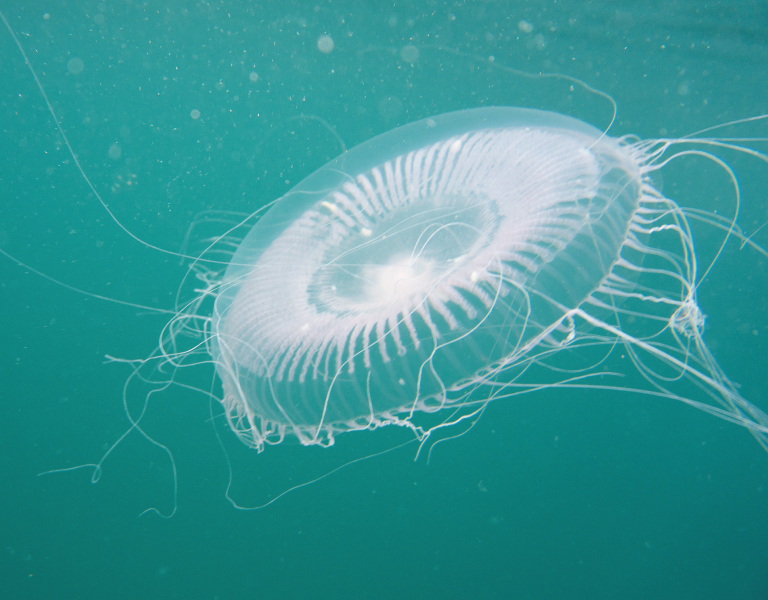It's important for surfers to be mindful of our surf enviornment and how it can impact their health & wellbeing.

The more time you spend in the water the more likely you are to encounter a weaver fish or jelly fish. Weaver fish like to bury themselves in the sand in warm shallow water. The fish is only 5 -15 cm long but has venomous spines along its dorsal fin which is the only part exposed when buried in the sand. When stepped on it feels like a needle prick and as the poison spreads up the foot and leg it causes intense pain. Treat by immediately soaking the effected area in water as hot as can be tolerated. Weaver fish stings can be prevented by wearing boots. Fortunately the majority of the jellyfish that arrive on our shores give only a minor sting or none at all. Jelly fish stings should be washed with sea water and treated with vinegar.
Surfers Ear or Exostoses is a bony growth that occurs in the external ear canal from repeated exposure to cold water and wind. As a result the canal diameter is gradually reduced, debris collects and can cause blockage and infection. To reduce the risk of surfer’s ear, it is essential to wear ear plugs. Wearing a hood or helmet will also help reduce risk. Watch this video for more information about Surfers Ear.
Regardless of your skin type, hours spent in the water mean that you risk damaging your exposed skin. Skin cancer is the most common cancer in Ireland, with over 13,000 new cases diagnosed every year. As surfers, we spend long hours outdoors and need to take extra care that our skin is protected from the sun. Even in cloudy weather, the skin can absorb UV rays. Use sun block EVERYDAY to protect your skin.

Sea Ulcers occur when small scratch and cuts becoming infected by active bacteria found in the sea. Surfers who spend a lot of time in the water will be more prone to sea ulcers and as water temperatures bacteria multiply increasing the incidents of sea ulcers. They are most commonly found on the back of hands, feet, ankles and underarm. As the skin erodes a hole forms and if left untreated it can become a serious problem. Treatment consists of cleaning, drying and sterilising after every surf session. Allow the ulcer to dry in the air and keep clean.

Surfers have a high incidence of Pterygium, inflamed thickenings of the outermost layer of the eye, due to excessive exposure to sunlight, spray and wind. Wear sunglasses where possible will help reduce the rest.